Stainless Steel Suppliers
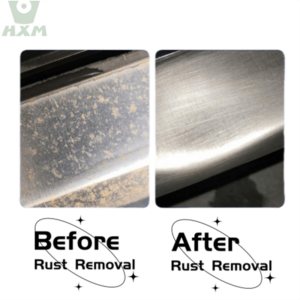
How to remove rust from stainless steel?
As you step into your kitchen on a lazy Sunday morning, you notice some unsightly rust stains on your stainless steel sink. You try to scrub them off with your regular cleaning supplies, but to no avail. Frustrated, you wonder if it is possible to remove the rust stains from your stainless steel sink.
Of course, it is indeed possible to remove the rust stains from your stainless steel sink.Ways to remove rust from stainless steel include using baking soda, vinegar, lemon juice, and commercial rust removers.
In this article, we will explore some effective methods for removing rust from stainless steel, so you can enjoy a sparkling, rust-free sink once again.
What causes rust on stainless steel?
Contrary to its name, stainless steel is not entirely rust-proof. Rust on stainless steel is caused by a breakdown in the protective layer of chromium oxide on the surface of the steel. This can occur due to exposure to water, salt, or acids. When the protective layer is compromised, the steel becomes susceptible to corrosion and rust formation.
Can rust damage stainless steel?
Rust formation can have a damaging effect on stainless steel. If left unchecked, the rust can eat away at the surface of the steel, causing pitting and structural damage. Rust also compromises the protective layer on the steel, making it more susceptible to further corrosion and rust formation.
How can you prevent rust from forming on stainless steel?
Prevention is the best way to avoid rust formation on stainless steel. Keeping the surface of the steel clean and dry can help prevent rust formation. Avoiding exposure to saltwater, harsh chemicals, and acids can also prevent rust from forming. Applying a protective coating or wax can also help to prevent rust formation on stainless steel.
Is there a natural way to remove rust from stainless steel?
There are several natural methods for removing rust from stainless steel. One method is to make a paste using baking soda and water and apply it to the rusted area. Let the paste sit for a few hours before scrubbing with a non-abrasive brush and rinsing with water. Another method is to soak a cloth in white vinegar and wrap it around the rusted area. Let the cloth sit for a few hours before scrubbing with a non-abrasive brush and rinsing with water.
What household items can be used to remove rust from stainless steel?
Several household items can be used to remove rust from stainless steel. One common item is white vinegar. Soak a cloth in white vinegar and wrap it around the rusted area. Let the cloth sit for a few hours before scrubbing with a non-abrasive brush and rinsing with water. Another item that can be used is baking soda. Make a paste using baking soda and water and apply it to the rusted area. Let the paste sit for a few hours before scrubbing with a non-abrasive brush and rinsing with water. Other household items that can be used include lemon juice, salt, and club soda.
It is important to note that when using household items to remove rust from stainless steel, it is best to test the item on a small, inconspicuous area first to ensure it does not cause damage to the steel. Additionally, it may take several attempts to completely remove the rust. If the rust is severe or the above methods do not work, it may be necessary to seek the help of a professional.
What are some commercial rust removers for stainless steel?
There are several commercial rust removers that can effectively remove rust from stainless steel. These products are specially formulated to dissolve rust stains without damaging the stainless steel surface. Some common rust removers include WD-40 Specialist Rust Remover Soak, CLR Calcium, Lime and Rust Remover, and Evapo-Rust Super Safe Rust Remover.
When using these products, it is important to carefully follow the manufacturer’s instructions and wear appropriate protective gear such as gloves and eye protection. Most commercial rust removers require the item to be soaked in the solution for a certain amount of time before the rust can be wiped away with a cloth or brush.
Does the type of stainless steel affect how rust forms and is removed?
Yes, the type of stainless steel can affect how rust forms and is removed. Stainless steel is made up of a variety of different alloys, and each type of stainless steel has different properties that affect its resistance to rust.
For example, austenitic stainless steels, which contain high amounts of chromium and nickel, are highly resistant to rust and corrosion. Ferritic stainless steels, on the other hand, contain less chromium and are more prone to rusting.
When it comes to removing rust from stainless steel, the type of stainless steel can also affect the effectiveness of certain rust removal methods. It is important to research the specific type of stainless steel being treated and use a rust removal method that is safe for that particular alloy.
Can you remove rust from stainless steel with vinegar?
Yes, vinegar can be an effective natural rust remover for stainless steel. The acetic acid in vinegar can help dissolve rust and other stains on stainless steel surfaces.
To use vinegar as a rust remover, simply soak a clean cloth in vinegar and place it over the rusted area. Leave the cloth in place for several hours, or overnight if possible. After the vinegar has had time to work, remove the cloth and use a scrub brush or steel wool to gently remove the rust.
Can you use steel wool to remove rust from stainless steel?
Yes, steel wool can be an effective tool for removing rust from stainless steel, but it is important to use the appropriate grade of steel wool to avoid damaging the surface.
For light rust stains, use a fine grade steel wool such as grade 0000 or 000. For heavier rust stains, a medium grade steel wool such as grade 0 or 1 may be necessary. It is important to test a small, inconspicuous area first to ensure that the steel wool does not scratch or damage the surface.
When using steel wool to remove rust from stainless steel, it is important to use a gentle touch and work in the direction of the grain to avoid leaving scratch marks on the surface. After removing the rust, rinse the surface thoroughly with clean water and dry with a soft cloth.
How do you polish stainless steel after removing rust?
After removing rust from stainless steel, it is important to polish the surface to restore its shine and protect it from future rusting. One effective way to polish stainless steel is to use a mixture of water and baking soda.
To make the polishing solution, mix one part baking soda with three parts water to form a paste. Apply the paste to the stainless steel surface and use a soft cloth or sponge to gently buff the surface in circular motions. Rinse the surface with clean water and dry thoroughly with a soft cloth.
Conclusion
Stainless steel is known for its resistance to rust and corrosion, but it is not completely immune. Rust on stainless steel can occur due to a variety of reasons, such as exposure to saltwater, high humidity, or contact with other metals. Rust can damage the appearance of stainless steel and, if left untreated, can also compromise its structural integrity.
Fortunately, there are many ways to remove rust from stainless steel. Natural solutions like vinegar or baking soda can be used for mild rust stains, while commercial rust removers can be effective for more severe cases. It’s important to choose a rust remover that is safe for stainless steel and to follow the manufacturer’s instructions carefully.
Prevention is key when it comes to rust on stainless steel. Keeping stainless steel surfaces clean and dry, avoiding contact with other metals, and applying protective coatings can all help to prevent rust from forming.
When removing rust from stainless steel, it’s important to use the appropriate tools and techniques to avoid damaging the surface. Steel wool can be used for tough stains, but it’s important to use a fine grade and to avoid scrubbing too hard.
In conclusion, while rust on stainless steel can be a frustrating issue, there are many ways to remove it and prevent it from forming in the first place. By taking proper care of stainless steel surfaces and using appropriate rust removal techniques, it is possible to keep stainless steel looking its best for years to come.
Get A Free Quote
Table of Content
Related Posts
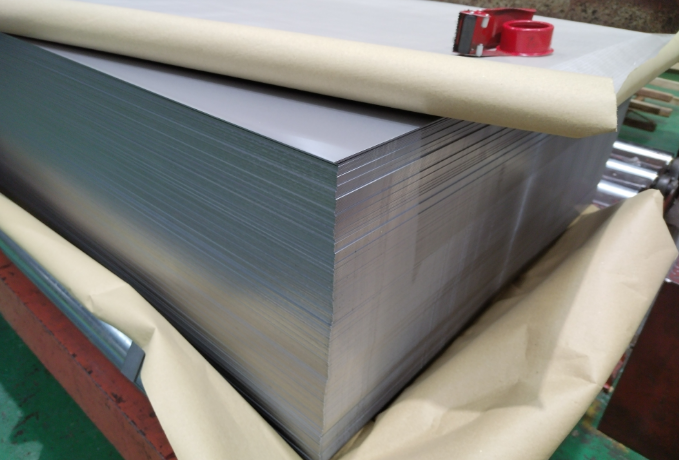
Protective Measures for Stainless Steel in Water Environments
Stainless steel, as an extensively utilized alloy material, finds applications across numerous working scenarios. However, it is crucial to emphasize that when stainless steel is
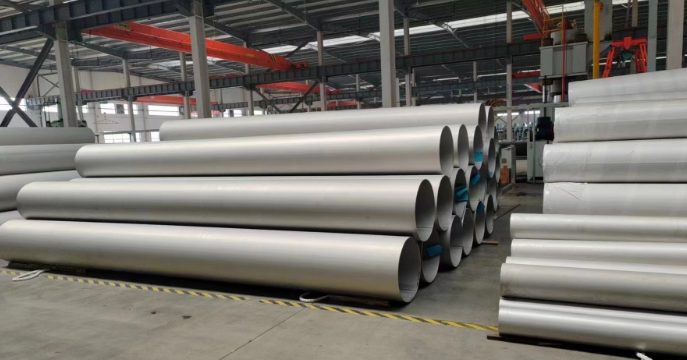
Performance Characteristics and Applications of 303 Stainless Steel
303 stainless steel, as a type of stainless steel containing sulfur and selenium, not only exhibits high machinability and resistance to high-temperature sticking but also
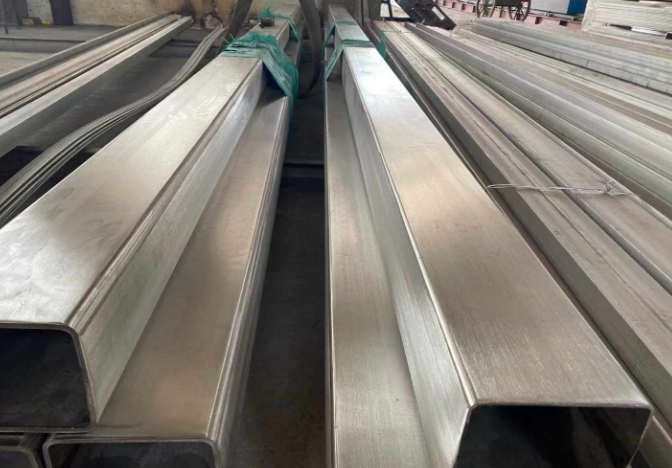
Properties, Characteristics and Applications of 416 Stainless Steel
As an outstanding martensitic stainless steel, 416 stainless steel boasts a unique chemical composition that endows it with superior magnetic properties, good corrosion resistance, ease
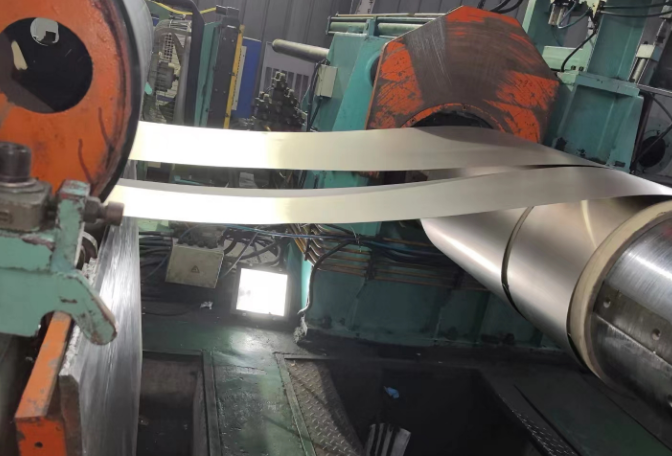
Advantages of Hot Rolling Process in Stainless Steel Manufacturing
Stainless steel, a ubiquitous metallic material, finds extensive applications across various sectors such as construction, food processing, and healthcare. Enhancing the reliability and durability of
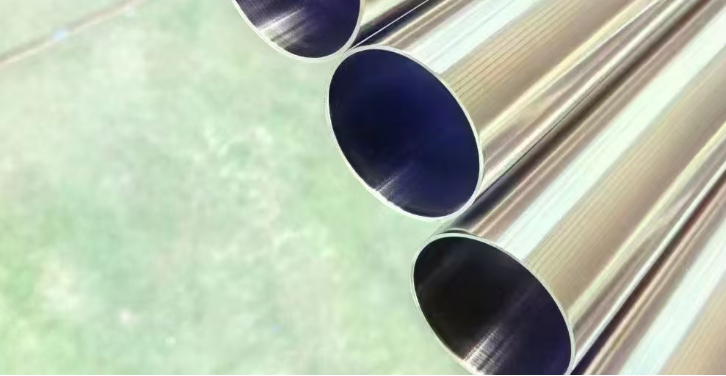
5 Methods to Enhance the Strength of Austenitic Stainless Steel
Stainless steel, as a crucial and widely utilized steel type, enjoys extensive applications in civil and industrial sectors due to its high corrosion resistance, excellent
 :+86-13012867759
:+86-13012867759  :export86@sino-stainless-steel.com
:export86@sino-stainless-steel.com